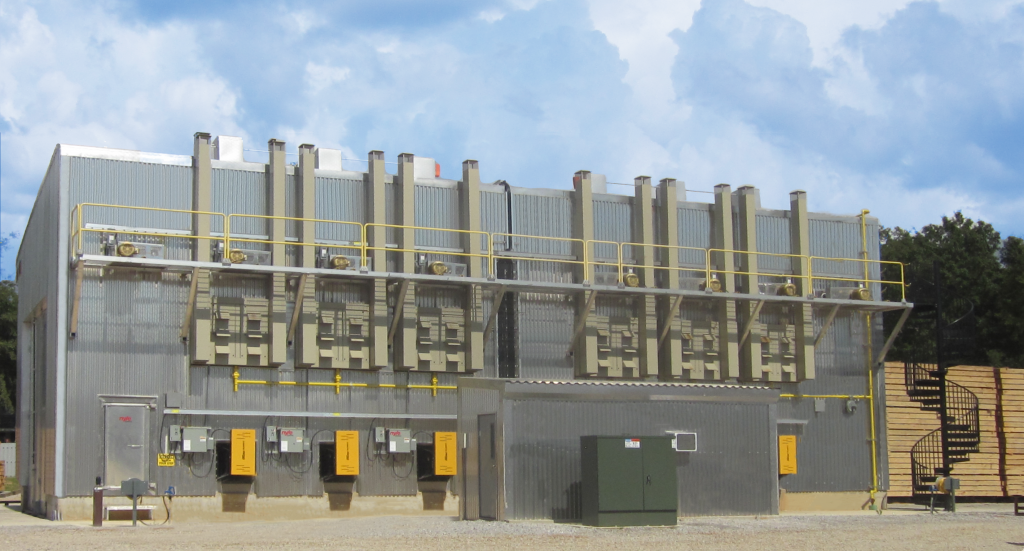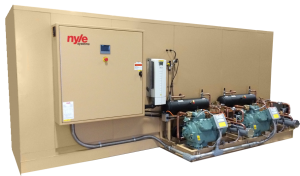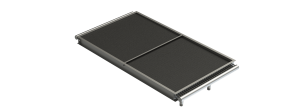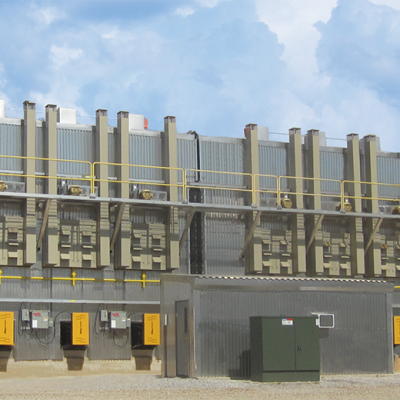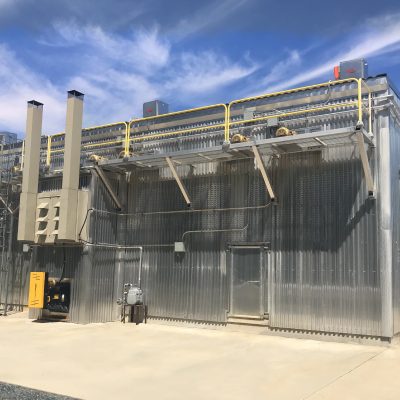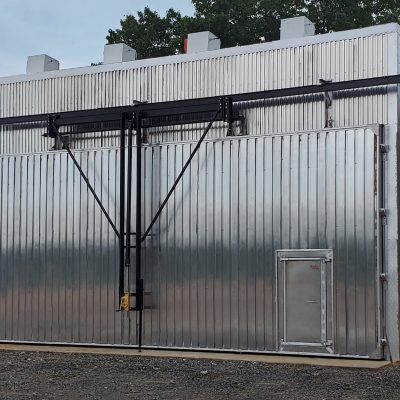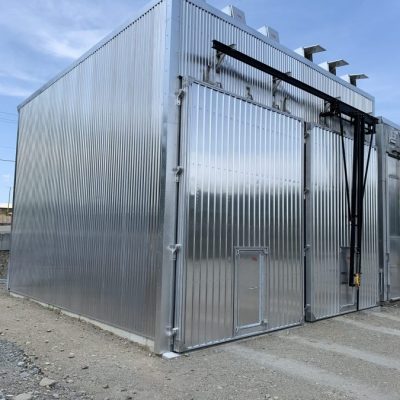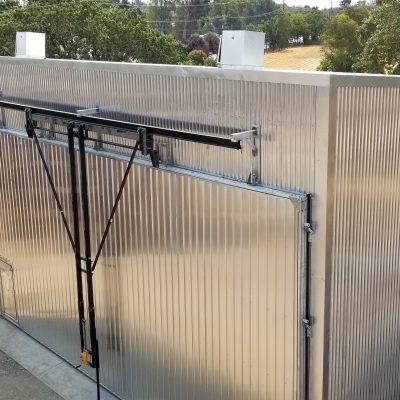Softwood Kilns
Indirect Gas Fired Softwood Kilns
In areas with high electric rates, gas has become a low-cost alternative to heat your kiln in some situations more economical than our dehumidification kilns. That’s why we have developed a range of indirect gas-fired kilns.
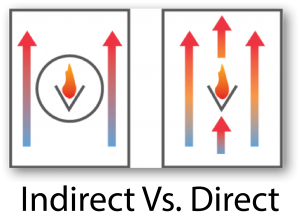 We’re constantly asked the question: “Should I use direct-fired or indirect fired? What exactly is the difference?”
We’re constantly asked the question: “Should I use direct-fired or indirect fired? What exactly is the difference?”
Nyle only uses indirect gas-fired kilns, which use a furnace and a heating coil. The gas flame stays fully contained in the heating coil and heats it from the inside.
The air is then heated by being blown over the hot coil.
Even though they are a little more expensive to build, Nyle uses indirect-fired systems because they have a better safety record and a higher level of quality control.
- NO open flame with Indirect Gas Fired Dry Kilns.
- NO makeup air for the burner system
- Accurate temperature and RH control!
- Higher uptime for using your kiln
Our kilns come with reliability features such as; corrosion-resistant aluminum cabinets, dehumidification coils specially coated to withstand the acids and harsh atmosphere, stainless steel cold coils, and tubing, as well as many other features that make your system last longer and perform better.
Dehumidification Softwood Dry Kilns
Nyle is best known for its innovative dehumidification dry kiln systems. Nyle built and patented the first DH systems that allowed kilns to operate at the same temperatures as conventional steam and gas kilns.
A single Nyle dehumidification kiln drying unit can pull up to 20,000 pounds of water each day in a dry kiln. You can combine multiple units in a kiln to increase the capacity even further. Dehumidification drying means drying your boards for only pennies per square foot.
Dehumidification kilns are the most energy-efficient and economical drying method for most applications.
- Designed for loads of 50MBF – 100MBF.
- Operating temperatures of 165º F for Standard models and 220º F for Fast Drying models
- Our heat pump technology maximizes energy efficiency by using 40 – 60% less energy than conventional kilns with a boiler.
- Precision control systems with remote access from anywhere in the world.
- Dries using standard softwood drying.
Steam & Hot Water Coil Kilns
Nyle’s engineered steam and hot water coils are essential to properly maintaining temperature in a kiln. Nyle has worked exclusively with a quality coil provider to develop coils that last and are made explicitly for the lumber drying industry.
Continuous Drying Kilns
Heat Recovery Venting
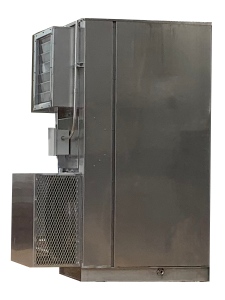 Heat loss through venting is one of the most notable downfalls of conventional kilns. With venting being necessary to remove the excess moisture, you are stuck with substantial energy expenditure. In some cases, heat loss causes the kilns control system to call for the heating system to bring the temperature back up after venting. This heat expenditure can significantly decrease your efficiency and increase your energy costs.
Heat loss through venting is one of the most notable downfalls of conventional kilns. With venting being necessary to remove the excess moisture, you are stuck with substantial energy expenditure. In some cases, heat loss causes the kilns control system to call for the heating system to bring the temperature back up after venting. This heat expenditure can significantly decrease your efficiency and increase your energy costs.
Nyle’s focus is to support all Kiln owners and improve efficiency and productivity in all avenues of lumber drying. Our dynamic heat exchangers help recover energy lost during the drying process of conventional kilns and offer a solution to owners who may be exhausting their boiler’s capacity. This simple system promotes increased production and efficiency while providing an alternative to the expense of installing an additional boiler.
Nyle’s HRV System offers a means to reclaim a portion of this lost heat. With a heat exchanger, we can transfer a large portion of the outgoing vented air’s energy to the incoming air. This process utilizes energy that would otherwise be wasted and minimizes the need for “reheating” while reducing overall fuel consumption by between 15-20%!
Nyle Systems kilns are proven to save energy, reduce your capital and operating costs while also making drying simple and allowing even inexperienced operators to produce the highest quality lumber and improve yields.

